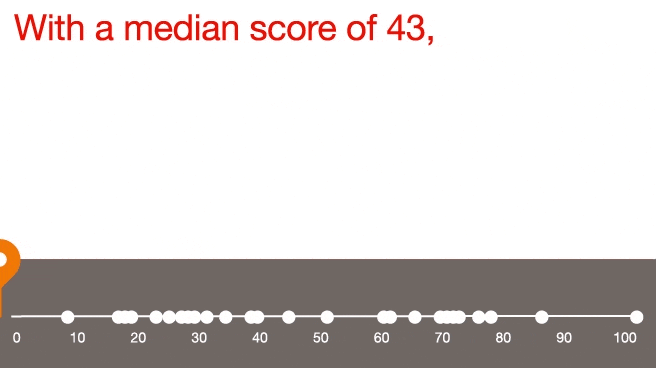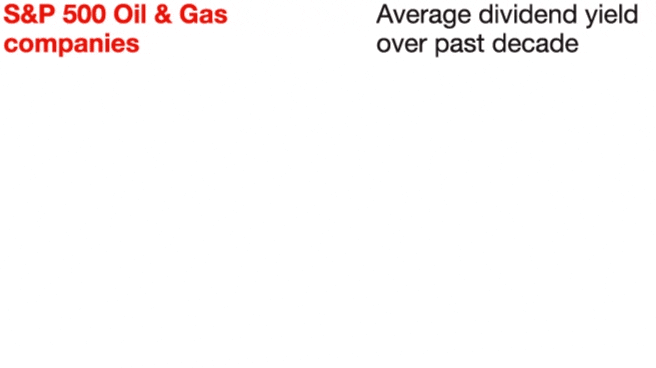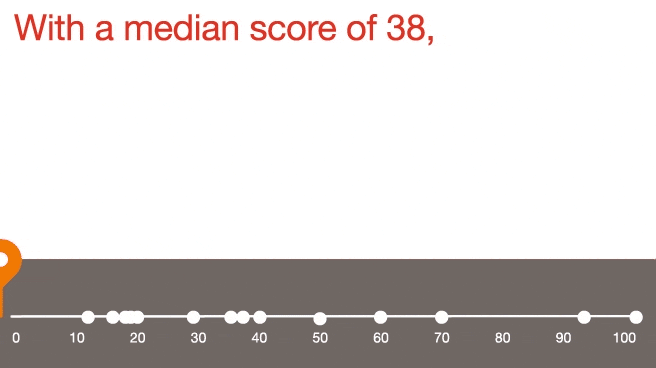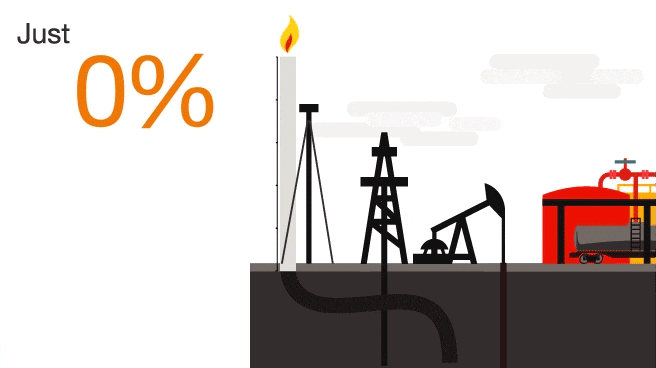Here's the who, what and how
It’s no secret that oil and gas companies are struggling to attract investors. Oil prices continue to fluctuate and the energy landscape is evolving.The sector’s annual stock performance over the last five years has consistently lagged behind the S&P 500. [1] A 2019 PwC survey of oil and gas business leaders and industry analysts revealed that both groups recognize attracting investors will be a challenge going forward. Many are taking steps to do something about it—but others aren’t as far along. To recover investor confidence and capital, oil and gas companies should continue looking for new ways to change their game.
Who are your investors, and who are your peers?
The first question to answer is: Who are the investors? No, this isn't a trick question. The unfortunate reality is that those who have historically invested in oil and gas, such as growth investors, are no longer interested in the industry. Meanwhile, investors who primarily rely on an environmental, social and governance (ESG) lens have never had an interest in oil and gas given their focus on carbon reduction and other related issues. That means it's time to focus on the remaining type of investor: The value investor. This fundamental shift highlights an obvious disconnect, but provides clarity for a path forward. It may also help to redefine your peers. Since the value investor is a generalist in terms of industries, the implication is that your peer group is now the broader market. In other words, the S&P 500.



What matters to the value investor?
The value investor cares most about dividend-steady yields without risk. With pools of capital coming from pension funds, endowments, sovereign wealth funds, insurance funds, etc., the providers of this capital primarily aim to maintain the value of the funds and stay ahead of inflation. This is a significant risk/reward equation to manage, and as a result, value investors are geared to seek minimal volatility and steady returns. Understanding the investor’s objectives should allow companies to better focus on two primary goals:
Reshape the business to ensure earnings through Free Cash Flow (FCF) and Return on Capital Employed (ROCE), even during low oil price conditions. The sector needs to find ways to consistently generate free cash flow and do so at $30/barrel, the most-recent low point in the cycle.This will enable oil and gas companies to deliver the type of results which analysts believe are required to attract value investors.
- Offering dividend yields of at least 5%. Our survey found that analysts believe dividend yields around 4.9% could attract investors. This would be a big leap for the sector, whose yields have averaged approximately 2.5% [see graphic] over the last decade. [2]
It’s also important for the sector to consider a broader strategy for their investor returns programs beyond dividends—including share buybacks and debt reduction—to have the largest impact on stock prices.
How to attract value investors
Are you effectively and wisely using FCF and ROCE to increase dividends or to fund growth? Are you reshaping your business in order to increase dividends in all market cycles? If you’re ready to win the value investor’s confidence (and capital), consider the following steps:
Gain a granular and comprehensive understanding of revenue and costs
To deliver competitive earnings regardless of oil-price swings, the industry needs to look deeply at real costs and revenue at the most granular level, in ways few in the industry have done previously. Gaining a “high-resolution vision” into the organization entails leveraging existing—yet enormous—amounts of data on all transactions and determining whether those activities and assets are accretive or dilutive.
Anything that does not create a net profit when commodity prices are low suggests two things: 1. the parts of the business that are profitable in the low oil price cycle are effectively subsidizing parts of the business not contributing to earnings; and 2. the dividend is at risk.
Additionally, getting such a granular vision can likely enhance management’s ability to take firmer control of financial and operational performance to instill confidence in value investors. As oil and gas companies feed more to the bottom line and unlock greater FCF, the more they can feed the dividend.


Improve cost management
Greater and more finely-tuned cost management can happen after organizations examine the profitability of all activities and assets, as described above. Cost management assumes different forms, including managing assets for higher uptime and supporting top-performing activities, while divesting sub-performing ventures. Our survey finds that oil and gas business leaders are well aware that there’s room to improve cost management. Nearly all business leaders (95%) agree that cost management is important to generate greater free cash flow, yet just 16% of respondents grade their organizations as being strong in this area.
Partner to raise your tech game
Advancements in technologies (including artificial intelligence, drones, sensors, virtual and augmented reality, to name but a few) are becoming powerful tools to streamline operations, unlock free cash flow and identify new cost-saving opportunities. While the oil and gas industry has been a vanguard of science and technological innovation in many respects, it has been slower to adapt as we’ve entered the age of the Fourth Industrial Revolution (4IR). In fact, according to PwC’s study, just 7% of oil and gas leaders rate themselves as excellent and 37% as good in terms of digital maturity. Too many oil and gas companies still take a “not invented here” approach to innovation. Instead, many continue to develop proprietary technology which can be more costly and time-consuming than partnering with companies with specialized solutions. By partnering with trusted providers, oil and gas companies can stay focused on the core needs of the business and make their operations and use of capital more efficient.


Right-size based on best-performing businesses
Companies may find that growing the bottom line, boosting FCF and increasing shareholder returns could result in a more streamlined business—one that focuses only on the parts of the business that are excelling and divesting those that perform well only in high cycles or break even in mid-cycles. It also means avoiding acquisitions that merely serve to drive top-line growth, and instead selectively pursuing only those that will contribute directly to net income.
Oil and gas companies need to shift from the “bigger is better” mentality and focus on value, better positioning them for more efficient capital deployment and greater free cash flow. Taking this approach should enable companies to increase dividends and reengineer their organizations as more focused operations. Taken together, these initiatives signal predictability in all market cycles, which earns confidence from value investors and the right to focus on future growth opportunities.
Final thoughts
To continue attracting capital in an increasingly competitive market, oil and gas companies need to become more enticing to value investors, whose priorities are clear. A new strategy should be considered—one that hinges on prioritizing reliable shareholder returns through effective capital deployment and reliable operational performance—in any oil price environment—to position them for continued profitability. This is a big change for the industry and may mean changing a corporate mindset and culture and possibly acquiring new skills altogether. Fortunately, other industries have been through similar lifecycle shifts. The companies within those industries that pivoted early found that they could survive in the new environment, while those that were slow to adapt faded from the industry landscape.To continue attracting capital in an increasingly competitive market, oil and gas companies need to become more enticing to value investors, whose priorities are clear.
Shifting to a value-driven model signals confidence to value investors, allowing oil and gas companies to work proactively and change how they see themselves…and how others see them.
Contact us










